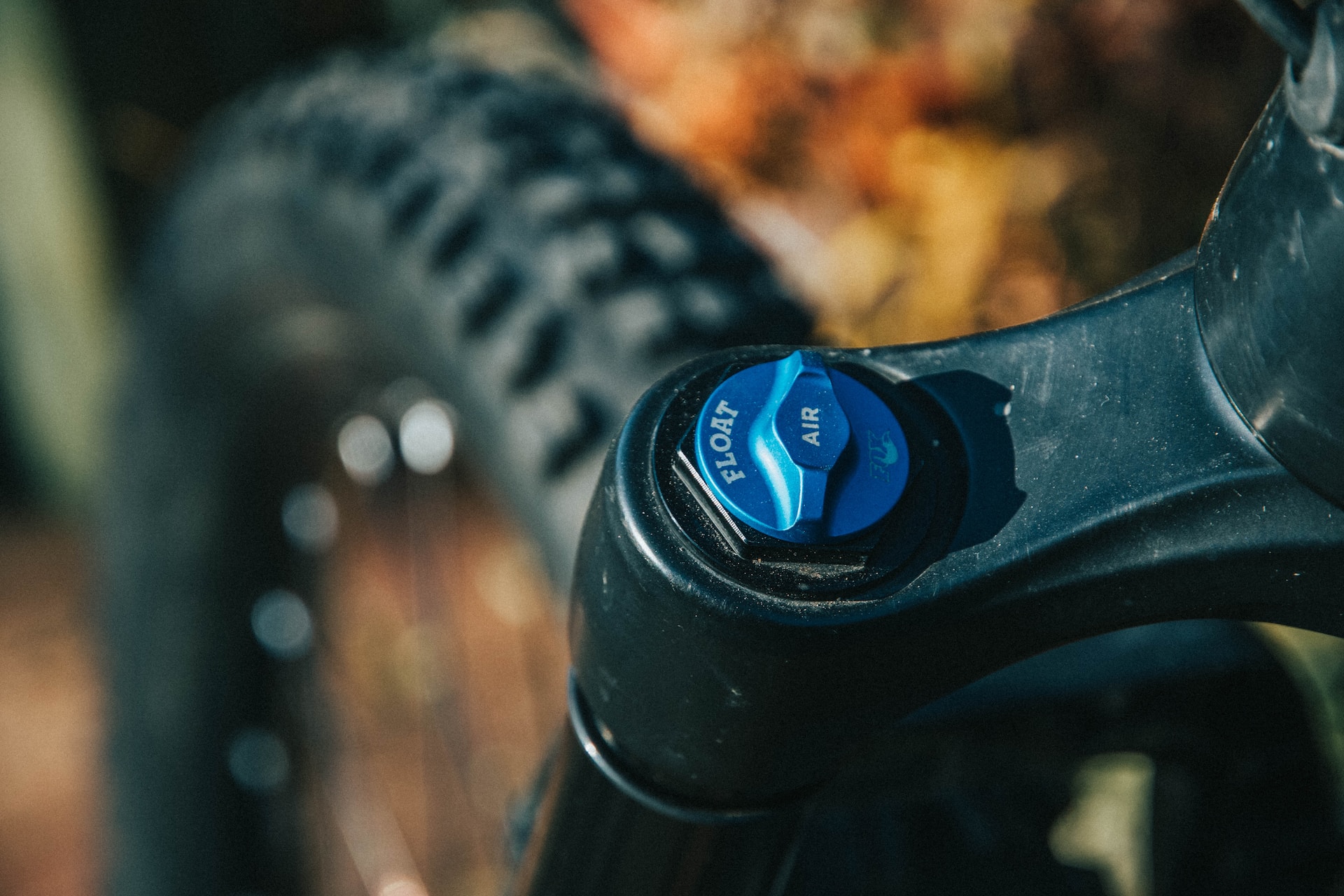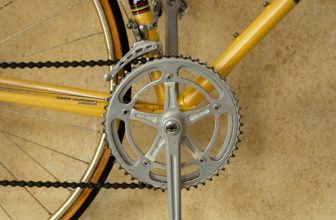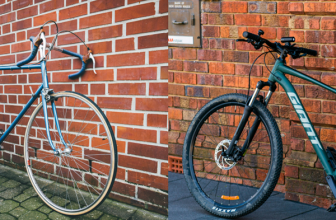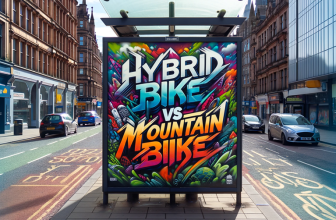Single Suspension (Hardtail) vs Full Suspension Mountain Bike

On the other hand, if you’re riding in areas with lots of rocks, roots, and technical descents, or you’re into downhill or enduro riding, a full suspension bike could be worth the extra investment. They’re also a good option if comfort and control are a priority for you.
• Cost: Hardtail bikes are typically less expensive, both in terms of initial purchase and maintenance costs. They have fewer parts, which can lead to less upkeep.
• Weight: They’re usually lighter than full suspension bikes. The lack of a rear suspension system can shed a significant amount of weight.
• Efficiency on Smooth Terrain and Uphill: Hardtails tend to have better power transfer from the pedal stroke to the rear wheel due to the lack of rear suspension, making them more efficient on smooth surfaces and for climbing.
• Simplicity: They are less complex with fewer moving parts, which makes them easier to maintain.
• Skill Improvement: They can enhance technical skills because you can’t rely on rear suspension to smooth out the trails.
• Comfort and Control: The most noticeable advantage is the increased comfort and control on rough terrains. The rear suspension absorbs impact and maintains traction, making the ride less jarring.
• Downhill Performance: Full suspension bikes are generally better for downhill rides, as the rear suspension allows the bike to better handle bumps, jumps, and drops.
• Stability: They provide better stability when riding over rocks and roots as both wheels can track the ground and maintain contact more effectively.
• Speed on Rough Terrain: Over rough, technical terrain, full suspension bikes can often maintain higher speeds due to their ability to absorb shocks.
• Traction: The continuous contact of both wheels with the ground improves traction, which can lead to better control and safety, especially in steep, rocky, or slippery conditions.
Let’s delve a little deeper into some of the potential benefits and drawbacks of single (hardtail) and full suspension mountain bikes.
Additional Advantages:
• Durability: Hardtail bikes typically last longer, as they have fewer components that can wear out or break.
• Versatility: They can be a great option for riders who participate in a variety of different types of biking, including road biking. The lack of a rear suspension can actually be an advantage on the pavement or other smooth surfaces, where it’s not needed and could potentially hinder performance.
Additional Drawbacks:
• Comfort: Hardtail bikes can be a bit harder on your body, especially on long rides over rough terrain. Some riders may find them less comfortable, particularly in the lower back and rear.
• Control on Technical Terrains: Hardtails can sometimes bounce off obstacles on technical trails, making them more challenging to control.
Additional Advantages:
• Confidence Boost: Full suspension bikes often provide a boost in confidence for riders, as they can make difficult trails feel less intimidating. This can result in more fun and faster progress for some riders.
• Reduced Rider Fatigue: By soaking up bumps and vibrations, full suspension bikes can reduce rider fatigue, especially over long distances.
Additional Drawbacks:
• Cost and Maintenance: They’re typically more expensive, not just to buy, but also to maintain. The rear suspension and the linkage system are additional components that can wear out and require regular servicing.
• Complexity: More moving parts mean more things that can potentially go wrong. This also requires a higher skill level to maintain.
• Weight: Full suspension bikes are typically heavier, which can be a disadvantage when climbing or accelerating.
• More advanced front suspensions: The technology of front suspension forks continues to advance, offering improved shock absorption, adjustability and weight reduction. This makes hardtail bikes increasingly proficient at handling rougher trails.
• Dropper Posts: This feature allows riders to adjust the height of the seat on the go, which can significantly improve maneuverability and control, especially on descents. Dropper posts have become increasingly common on hardtail bikes.
• Frame Materials and Design: Modern hardtail frames are made of lightweight materials like carbon fiber and high-end aluminum alloys. Moreover, some designs now incorporate flexible seat stays that provide a degree of rear-end compliance, slightly mimicking the effects of rear suspension.
• Improved Suspension Systems: Modern full suspension bikes often feature advanced suspension systems that can be adjusted on-the-fly. This allows riders to stiffen the suspension during climbs or smooth sections (to improve efficiency), and then soften it again for descents or rough terrain.
• Reduced Weight: While full suspension bikes are still generally heavier than hardtails, the gap is closing. Frame materials and components are becoming lighter, and design improvements are reducing the weight penalty for full suspension.
• Better Kinematics and Geometry: Continuous refinement in the kinematics of the rear suspension designs ensures that the suspension is more active when needed (like in rocky terrain) and less active during pedaling. Similarly, geometry changes like a slacker head angle, longer reach, and shorter chainstays improve the bike’s stability and control on descents while maintaining uphill efficiency.
Summary:
Both hardtail and full suspension mountain bikes are constantly being improved by new technologies and design philosophies.
If you’re just starting out or predominantly ride smoother trails, a hardtail can offer plenty of performance with a simpler design and lower cost. However, if you’re tackling more technical trails or value comfort and control above all, a full suspension bike could be worth the investment. And remember, the “best” bike is the one that brings you the most enjoyment on your rides!








